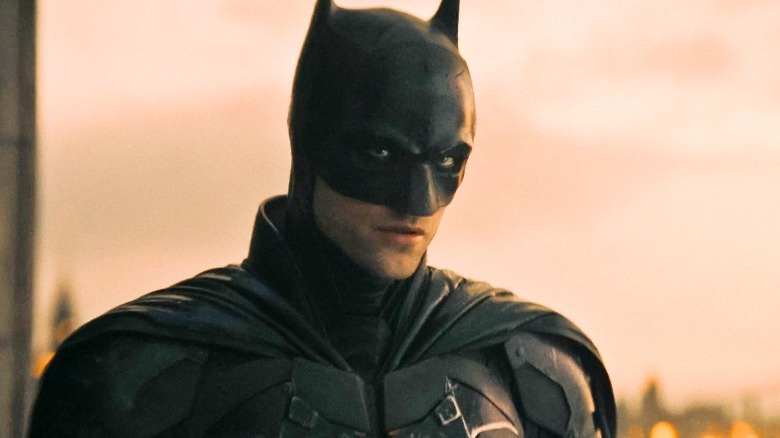How The Real-Life 'Robin Hood Of El Dorado' & Zorro Inspired Batman's Vigilante Roots
It should be no surprise that Batman's never-ending battle to serve justice to the oppressed stems from real-life inspiration. Sometimes dubbed "The Robin Hood of El Dorado," Joaquín Murrieta was an alleged outlaw whose exploits in the California countryside in the early 1850s struck fear into the hearts of travelers everywhere.
He moved from Mexico to California in the 1840s to take advantage of the California Gold Rush. However, given that the state of California was handed over to the United States following the Mexican-American War in 1848, white settlers quickly took to the area and sought to rid the land of Mexican gold miners through harassment and discriminative policies. Following attacks on him and his loved ones, Murrieta set out to seek justice by teaming up with other Mexican outlaws and harassing American and Chinese miners. While it is unclear if Murrieta was a single entity or several individuals, with some sources claiming the existence of five Joaquíns, tales of his ventures ended after 1853 when an outlaw and his gang were tracked and gunned down by lawman Harry Love.
Whether fact or fictional, Murrieta's story has been immortalized over the centuries, serving as the inspiration for the iconic swashbuckler Zorro, created by pulp writer Johnston McCulley in 1919. With the character's signature black costume and fighting skills, Bob Kane and Bill Finger found inspiration for their own crime-fighting vigilante, Batman. But over the decades, these haven't been the only figures of moral ambiguity to have an impact on The Dark Knight.
The Batman took inspiration from New Hollywood
While gold mining and swashbuckling aren't as prominent nowadays as they were in the eras of Joaquín Murrieta or Zorro, the concept of vigilante justice is one that continues to strike a chord with audiences everywhere. As such, the character of Batman has evolved alongside society's viewpoints and taken inspiration from contemporary morally ambiguous avengers.
Frank Miller redefined Batman with his 1986 saga "The Dark Knight Returns." The four-issue miniseries showcased an older, grizzled Bruce Wayne, who was largely inspired by the "Dirty Harry" film "Sudden Impact." Similarly, the 2022 film "The Batman" took a page from the New Hollywood film movement that defined the late 1960s and much of the 1970s. In particular, director Matt Reeves was inspired by "Chinatown," starring Jack Nicholson as private detective J. J. "Jake" Gittes.
Just as the 1974 film sees Gittes' initial investigation lead to a greater discovery of corruption, Reeves saw Batman's journey in a similar — and more personal — light. "'Chinatown' is a kind of metaphor for just how corrupt we are," Reeves says in an interview with MovieMaker. "And so I knew that this story was going to be, as he went on this path, to come to understand these crimes that he's being led on by the Riddler ... it ends up taking him in unexpected ways to something that was incredibly personal." Likewise, 1971's "Klute" and 1976's "All the President's Men" had an influence on the hard-hearted hero of Reeves' film.

